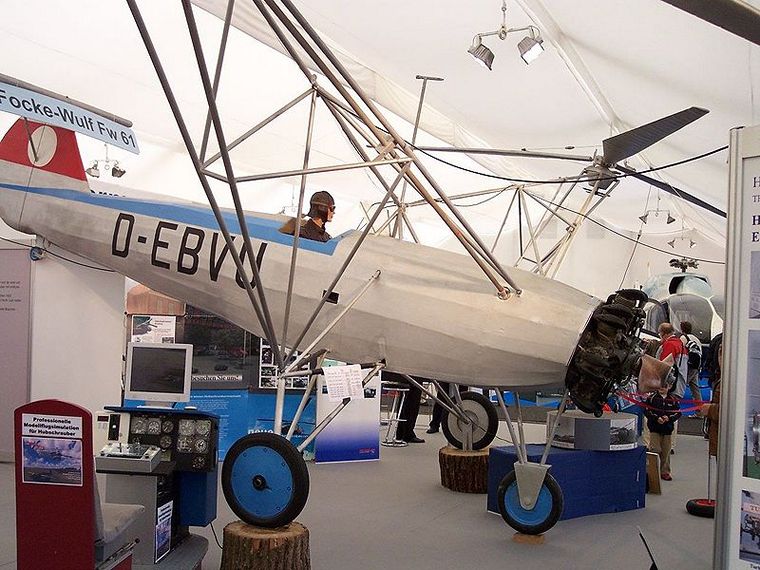A brief history of the Focke-Wulf Fw 61
href="https://www.flyairlink.com/destinations/flights-to-nosy-be?utm_source=Pilots%20Post&utm_medium=banner&utm_campaign=Juri%E2%80%99s%20Pilot%20Post%20publication%20banner%20Nosy%20Be" target="_blank">
Photo en.wikipedia.org. Professor Henrich Focke, through his development of the Fw 186, and through his work on the C.19 and licence built C.30 autogyros, came to the conclusion that the limitations of autogyros could only be eliminated by an aircraft capable of vertical flight, the helicopter. He and engineer Gerd Achgelis started the design for this helicopter in 1932. A free-flying model, built in 1934 and propelled by a small two-stroke engine, brought the promise of success.
On 9 February 1935, Focke received an order for the building of a prototype, which was designated the Fw 61. Roluf Lucht of the technical office of the RLM extended the order for a second aircraft on 19 December 1935. The airframe was based on that of a well-tried training aircraft, the Focke-Wulf Fw 44 Stieglitz.

Photo commons.wikimedia.org
Using rotor technology licensed from the Cierva Autogiro Company, a single, radial engine drove twin rotors, set on tubular steel outriggers to the left and right of the fuselage. Each main rotor consisted of three articulated and tapered blades driven by the engine through gears and shafts. Longitudinal and directional control was achieved using cyclic pitch and asymmetric rotor lift. The counter-rotation of the two rotors solved the problem of torque-reaction as also shown by Louis Bréguet. The small horizontal-axis propeller directly driven by the engine was purely to provide the necessary airflow to cool the engine during low speed or hovering flight and provided negligible forward thrust.
Only two aircraft were produced. The first prototype, the V 1 D-EBVU, had its first free flight on 26 June 1936 with Ewald Rohlfs at the controls. By early 1937, the second prototype, V 2 D-EKRA, was completed and flown for its first flight. On 10 May 1937, it accomplished its first autorotation landing with the engine turned off.
|
   |























